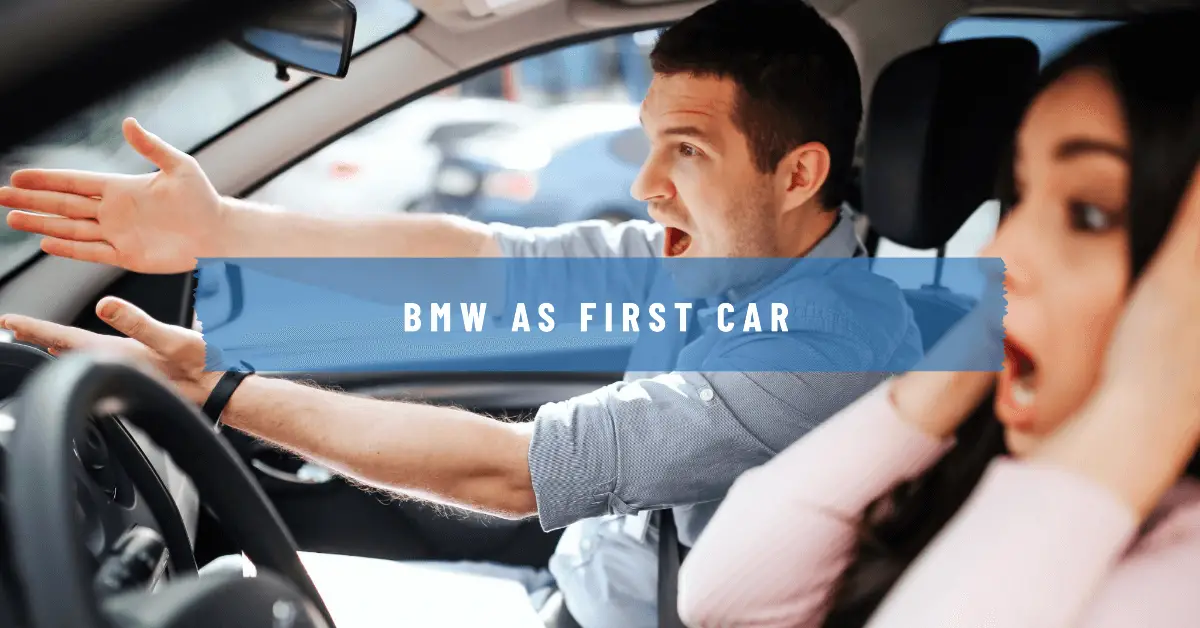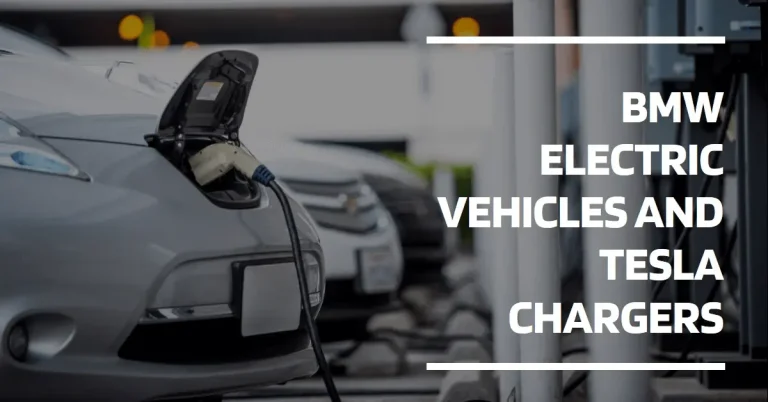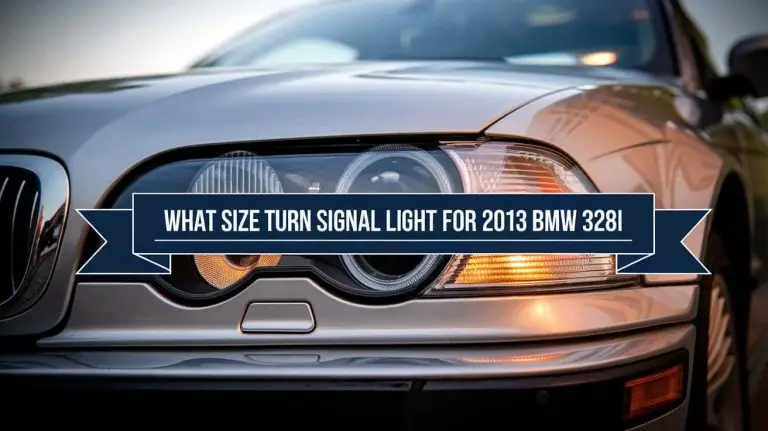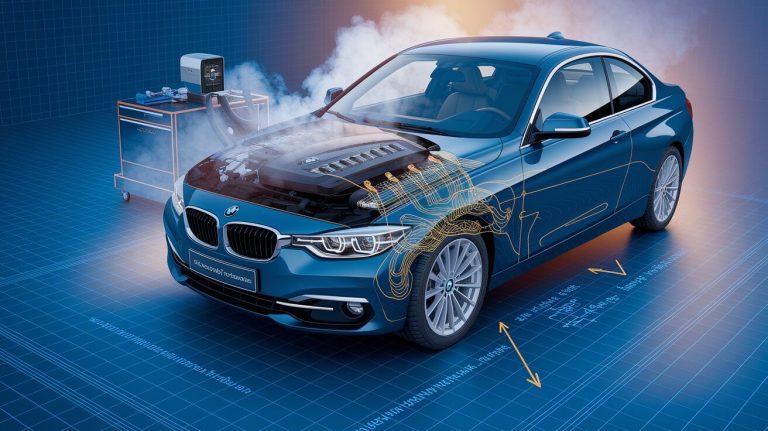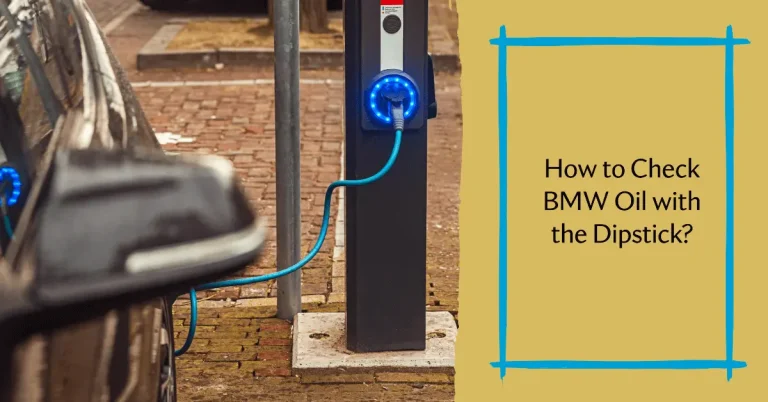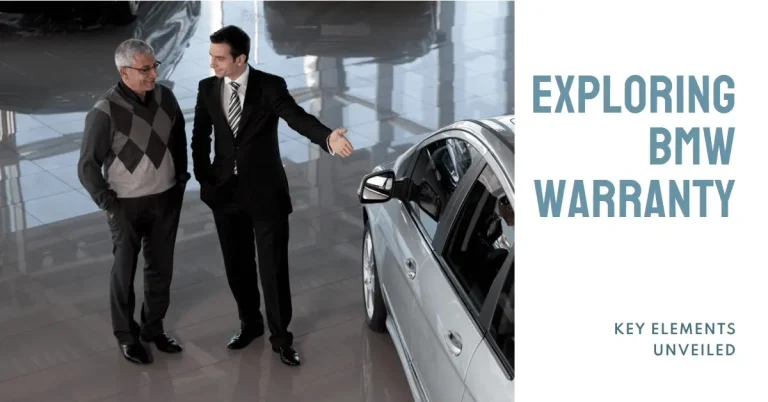Should You Buy a BMW as Your First Car? A Look at the Pros and Cons
Getting your first car is an exciting milestone in life. You’ve waited years for this moment of freedom and independence. Now you get to cruise around town on your own terms.
For many teenagers and young adults, a BMW seems like the perfect choice. The sleek styling and incredible performance bring status and admiration from your peers. Owning the ultimate driving machine is a dream.
But is buying a luxury performance BMW really practical or wise for a new driver? In this article, we’ll dive into the key pros and cons of buying a BMW as your first car.
The Allure of Owning a BMW as a First Car
It’s easy to see why a BMW is so appealing to new drivers. Here are some of the top reasons it seems like an ideal first car:
A BMW Brings Status and Admiration
Rolling up in a brand new beamer or even a used 3-Series brings instant status. Your friends will be jealous and people will see you as doing well in life. It’s an unspoken signal that you’ve “made it” now that you can afford a luxury car.
Driving a BMW also shows you have taste and appreciate quality automotive engineering. It reflects well on your image and sophistication.
Excellent Safety Ratings and Technology
Over the years, BMW has invested heavily in safety research and technology. Newer models come equipped with a wide array of airbags, collision detection systems, parking sensors, and more.
This emphasis on safety makes BMW a smart choice for a newer driver. Advanced traction control and stability features help compensate for lack of experience. You’re less likely to get into trouble.
Many BMW models achieve top ratings in IIHS and NHTSA crash tests. This durability protects you in an accident.
Thrilling Performance and Handling
Part of the appeal of any BMW is the incredible performance and handling. Even the lower-end models have great acceleration and grip the road with precision.
This makes driving a BMW an absolute thrill. Passing power comes easily when you need it. And you can take corners with confidence thanks to the renowned steering.
Having a car that’s truly fun to drive makes the everyday commute more enjoyable. And you’ll look forward to any chance to hit the open roads.
Decent Reliability in Newer Models
In the past, BMW had a reputation for below-average reliability and expensive repair costs. But over the last decade, they have worked hard to improve the durability and longevity of their vehicles.
Newer BMW models have proven to be fairly reliable with minimal issues reported in the first several years of ownership. Of course, proper maintenance is still required to keep them running smoothly.
So a lightly used 3 or 5-Series with under 50k miles could make a practical first car. Chances are you won’t face expensive repairs for several years assuming proper care.
The Reality of Maintaining a BMW as a Young Driver
While the appeal of driving a BMW is strong, the realities of affording one are more challenging for new drivers. Here are downsides to consider:
Insurance Costs Will Be Sky-High
Insuring any performance luxury vehicle is expensive for teenagers and young adults. But BMW models are some of the priciest.
Expect to pay from $400 to over $600 per month for full coverage depending on your age, location, driving record, and chosen model. This alone may make purchasing a BMW impractical.
Going with only liability insurance is risky given the potential repair bills. So insurance costs eat into the budget fast when you’re young.
Requires Premium Gas Which Gets Pricey
The powerful engines in BMW cars require premium grade gasoline. This costs around 35-65 cents more per gallon than regular.
That adds up quickly if you drive a lot. Figure an extra $10-15 per fill up. Easily $1,000+ more per year in fuel costs.
This negates any savings on the purchase price if you buy an older used BMW model. And cuts into your budget as a teen.
Maintenance and Repairs Are More Expensive
While today’s BMW models have improved in reliability, they still cost more to maintain than economical cars. Important services like oil changes run $80-150. Tires, brake jobs, batteries and other wear items run premium too.
And when things do break, parts and labor rates are steep because these are luxury vehicles. A minor issue can easily turn into a $1,000+ repair bill.
This makes owning a BMW risky for someone on a tight budget. One bad repair could exceed the value of an older model.
Parts Often Have to Be Imported Adding to Costs
Since BMW manufactures most of their vehicles in Germany, many replacement parts have to be imported. This leads to higher pricing.
And if a specific part is backordered, you may have downtime waiting for it to arrive. That’s lost time without your vehicle.
With a domestic brand like Ford or GM, parts are much cheaper and can be sourced locally in most cases. That keeps repair costs down.
Risk of High Repair Bills if You Damage the Car
It’s inevitable that a new driver will make some mistakes and possibly damage their car. Scuffing wheels on curbs, dinging the doors in parking lots, and minor fender benders are common.
With an older luxury car like a BMW, any damage or mishap can lead to a repair bill exceeding $1,000. Parts and paint work are costly.
Even basic scratches and dents run expensive to fix like new again. This makes driving a BMW stressfully expensive as a new driver.
Practical Considerations of a BMW as a First Car
Beyond just the affordability concerns, there are some other practical factors to weigh when considering a BMW as your first vehicle:
Learning Proper Care of a Luxury Car Takes Experience
It takes know-how and experience to properly care for a premium vehicle like a BMW. From being diligent with scheduled maintenance to using the right products and techniques when washing and detailing.
Younger drivers may neglect these proper care steps due to lack of funds or simple ignorance. That accelerates wear and tear over time.
With an economy car, you have more margin for error and lapses in judgment as a new driver. The impact just isn’t as costly.
Younger Drivers May Lack Funds for Proper Upkeep
Even with a diligent mindset, younger drivers often lack the funds needed to properly maintain a luxury performance vehicle. Between insurance, gas, and normal teenager spending, there’s little left over.
Important maintenance work gets skipped leading to more rapid decline and breakdowns. It becomes a downward cycle when trying to keep a BMW running on a teen’s budget.
Repair Costs May End Up Exceeding the Vehicle’s Value
Given the high rates for parts and skilled labor at a BMW dealership or mechanic, repair costs can quickly outweigh the value of an older used model.
For example, if you bought a nice used 328i for $15,000 but then face a $3,000 repair bill, it doesn’t make financial sense to fix it. This leads to being without your car.
With a cheaper economy car, you can afford to spend more on repairs relative to the purchase price. It remains cost effective to fix.
Better to Learn in an Economy Car Than an Expensive BMW
Owning a BMW as your first car is akin to learning to drive in a Porsche 911. You develop skills better suited to performance vehicles versus normal everyday driving.
It’s wiser to learn basic car ownership and driving skills in an economical used car. Get your early mistakes and mishaps out of the way without expensive consequences.
Then later you can upgrade to a BMW fully ready to appreciate and care for it.
Easy to Get Speeding Tickets or Show Off Recklessly
Having a car with serious power under the hood can lead some novice drivers to speed and show off. It’s exciting taking a fast BMW to its limits.
This temptation leads to tickets that hike insurance rates. And possibly accidents from driving beyond your abilities. Both consequences cost you big.
A slower economy car helps teach restraint and responsibility early on. Then you can graduate to higher speeds.
Safer First Car Options Than a BMW
Given the risks and impracticalities detailed above, here are some more prudent options for first time drivers:
Consider a Used Honda or Toyota for Reliability
Japanese brands like Honda and Toyota are renowned for their affordable reliability. Even with over 100k miles they keep running with basic upkeep.
This durability makes them ideal learning cars. You can drive them long distances and the worst repair is usually under $500 even with an older model. That’s very reasonable.
Insurance is far cheaper too on these economy cars. Easily under $150 monthly for a young driver compared to a BMW.
Ford, Chevrolet, Hyundai Offer Fun but Practical Models
America brands like Ford, Chevy and Hyundai offer a good blend of performance, features and affordability in their models. These provide a nice step up from a base Honda or Toyota.
For example, a used Ford Mustang GT or Chevy Camaro SS is plenty quick but cheaper to insure than a BMW. And maintenance costs are less on domestic brands generally.
You can find affordable fun without the high expenses of a luxury import car. Go for a V6 version if you want greater economy and insurance savings.
Try a Crossover With Safety Features but Lower Insurance
Today’s affordable crossovers from brands like Mazda, Hyundai and Subaru offer great safety ratings, technology, and decent performance. All while maintaining lower ownership costs.
The all-wheel drive capability also gives confidence in inclement weather. This well-rounded capability makes them great new driver choices.
Insurance will run far less than any BMW while still getting modern safety features and conveniences. Repairs and maintenance are also more affordable.
Even a Used BMW Will Be Costly to Insure and Maintain
Some new drivers look to older used 3-Series models from the early 2000s as a more affordable way to get into a BMW. But even these require premium gas and have costly insurance, parts and service.
Repair bills also add up fast on an aging BMW with over 100k miles. At best you may spend $2,000+ annually insuring and fixing issues on an old bottom-tier BMW.
So you end up paying a lot but without any of the performance, handling and tech of a newer model. Often better to avoid entirely.
Conclusion: Start With an Economical Used Car
The dream of cruising around in a brand new BMW is exciting for any young driver. Being able to afford the styling, performance and luxury seems like the ultimate first car scenario.
But the reality is that maintenance, repairs and insurance costs make BMW ownership very impractical for new drivers on limited budgets. Too often the dream turns into a nightmare of unaffordable bills stretching finances thin.
You’re better served starting out with an economical used car from Toyota, Honda, Ford or similar mainstream brand. Learn basic driving and ownership skills without the pressure of costly BMW maintenance and insurance premiums.
Gain several years of real-world experience. Then later on you can upgrade to that BMW you’ve always wanted once you have the income to truly afford it properly. Your younger self will thank you for learning restraint and building your skills gradually.

